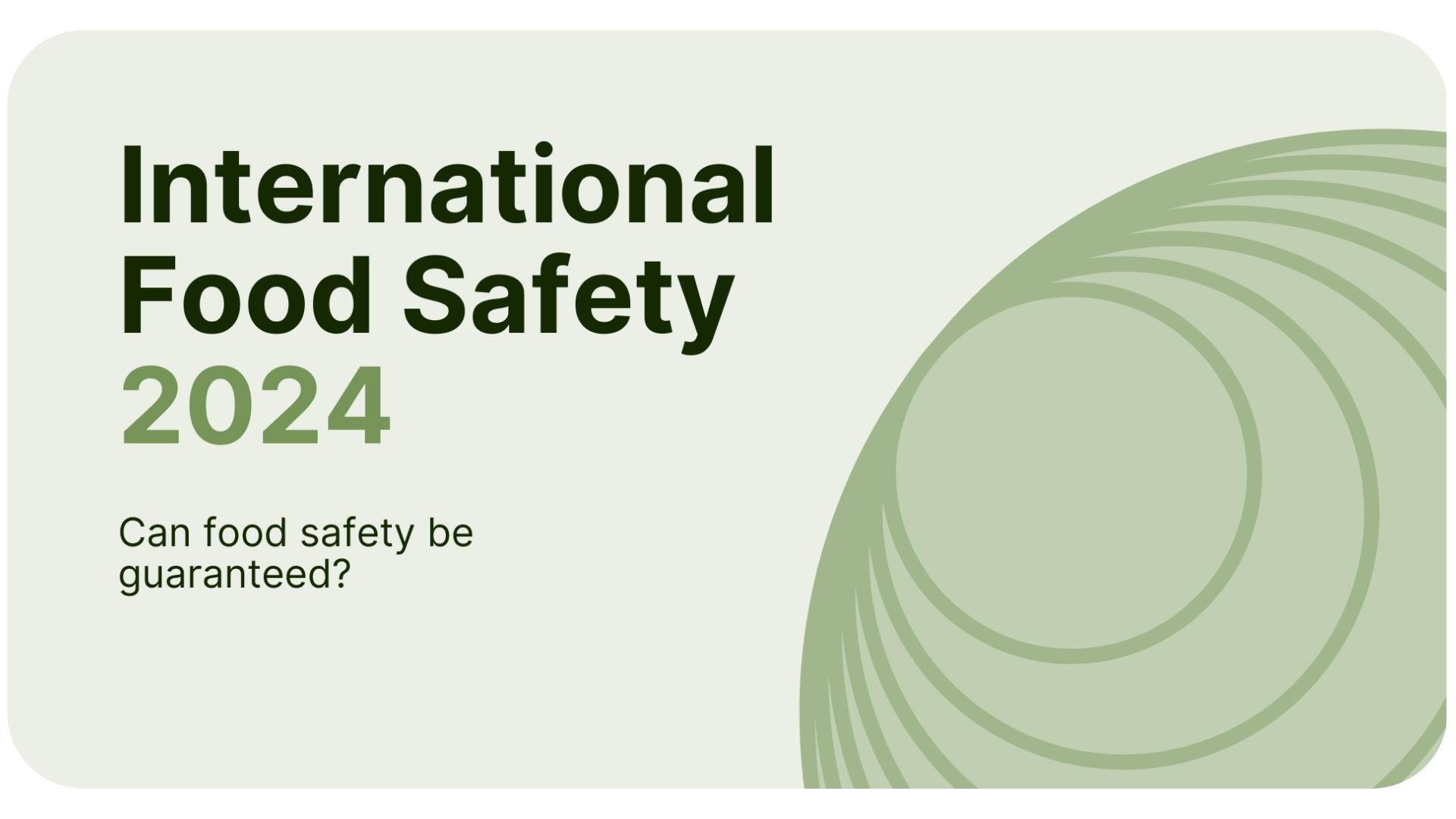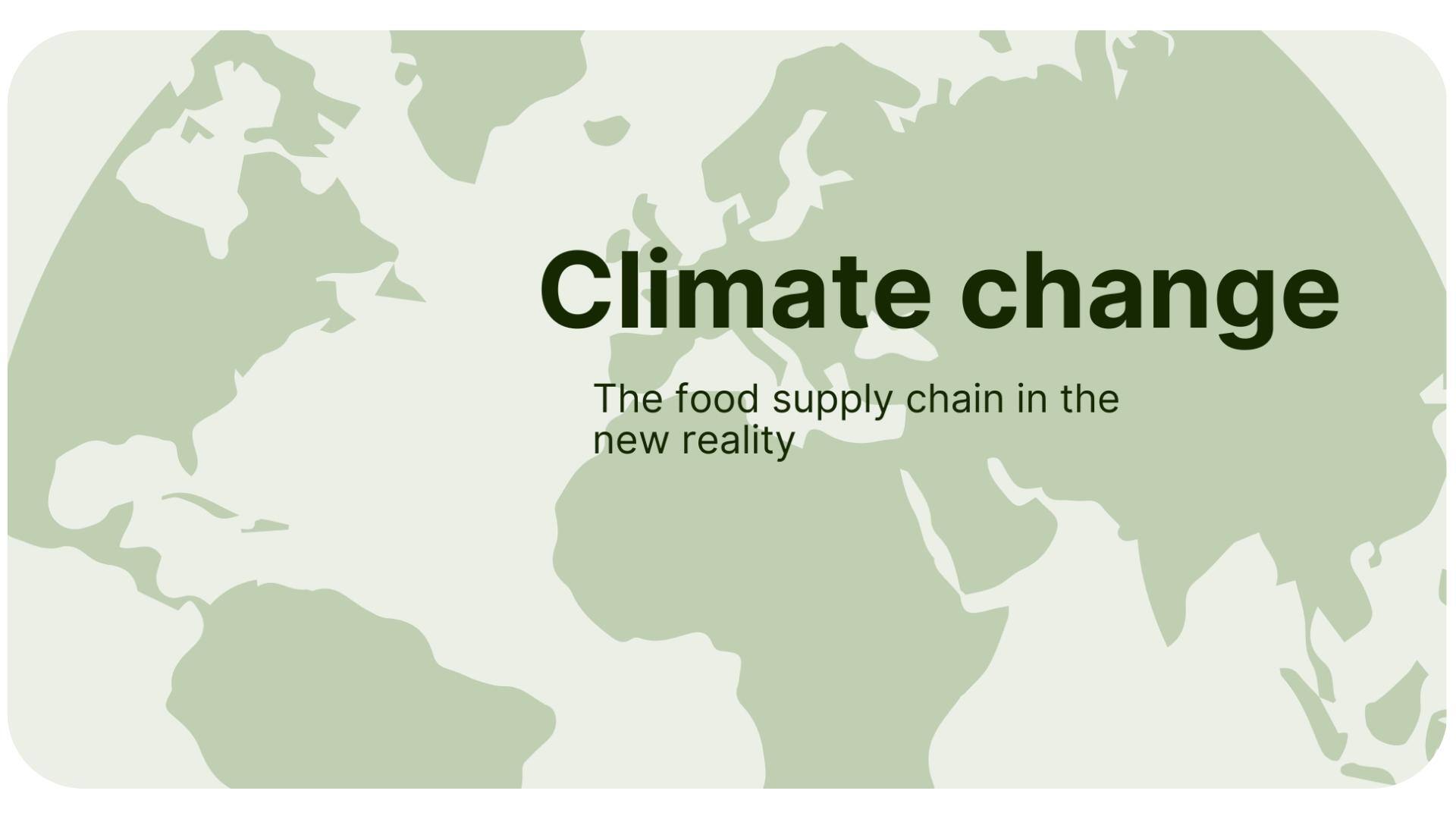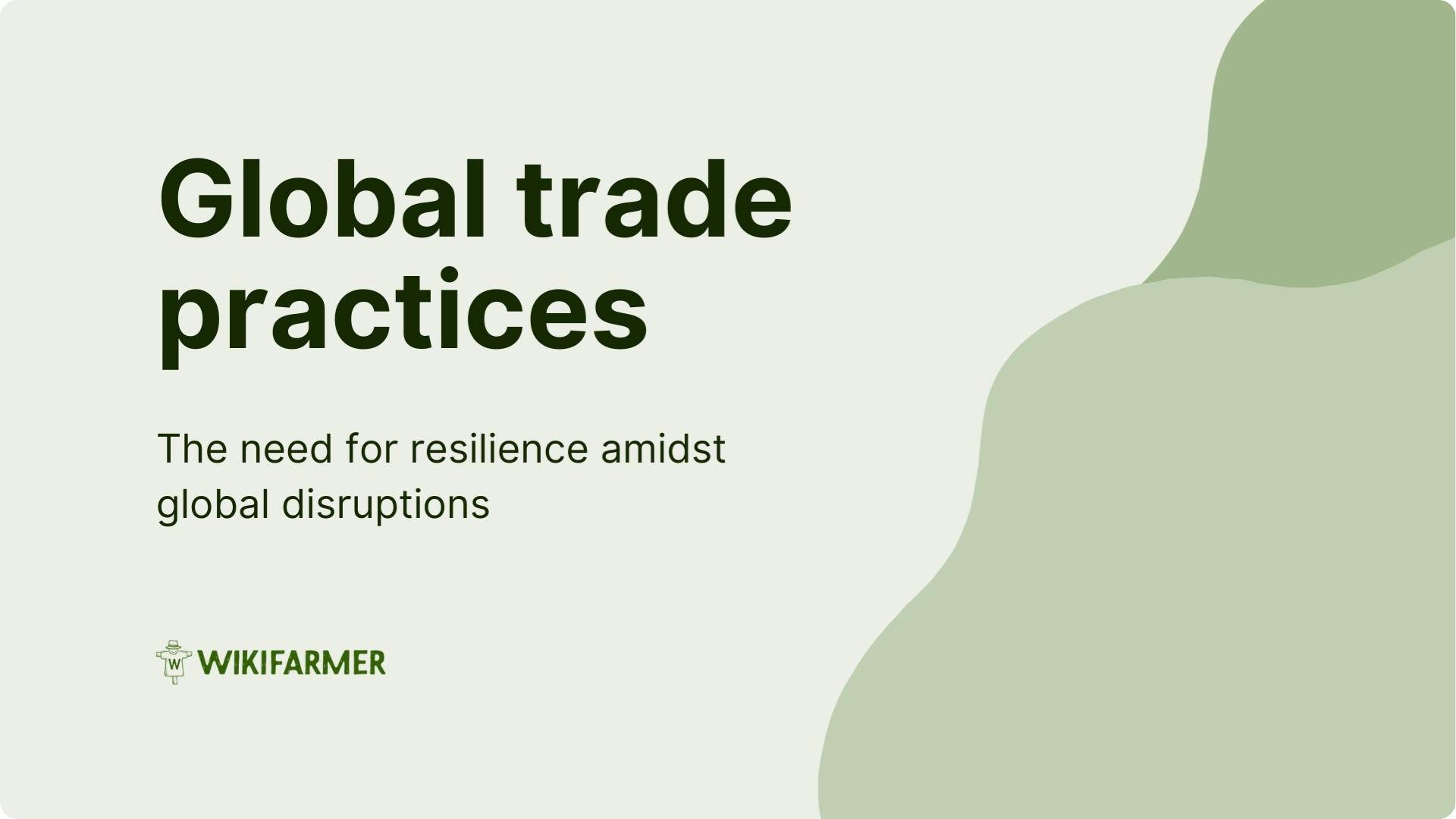Is Food Safety a given in 2024?

Exploring the current landscape of food safety in the supply chain
Today, Friday the 7th, marks World Food Safety Day, sponsored by the Food and Agriculture Organization of the United Nations (FAO) and World Health Organization (WHO), aiming to promote awareness and education on the rising issue of food safety. This year's theme focuses on the unexpected diseases that can be transmitted through food; various factors can compromise the agrifood chain and cause foodborne illnesses, including cross-contamination, inadequate food processing controls, extreme weather events, and natural disasters. Ensuring everyone has access to safe food necessitates cooperation throughout the food supply chain, from farm to fork.
Food safety begins and ends in the supply chain
Food safety is fundamental to public health; making sure that the food distributed is safe helps prevent foodborne illnesses, which can cause serious health problems, including infections and chronic diseases, particularly harmful to vulnerable populations. From an economic viewpoint, foodborne illnesses result in significant losses due to medical costs, lost productivity, and legal expenses. Recalls and breaches in food safety can lead to substantial financial losses and damage to brand reputation for businesses. Adhering to food safety standards and regulations is essential to avoid legal penalties and ensure smooth operations within the supply chain. However, ensuring food safety is not just a regulatory requirement but a cornerstone of sustainable and successful operations. Responding to this need, at the Wikifarmer Library, there are plenty of articles with information about food safety that can help experts in the industry keep training in such matters of food production.
Major issues call for collective action
To maintain food safety throughout the supply chain, all stakeholders need to cooperate and follow the guidelines set by various regulatory bodies. These regulations, which are continually evolving, apply to everyone in the food industry, including the end consumer; it is vital for all participants in the agri-food sector to uphold and respect these standards. Authorities should perform tactical audits to ensure compliance, and stakeholders must verify that the products they source have the required certifications. Additionally, employees need thorough education on food safety protocols and the latest innovations in safety and quality control systems. Business stakeholders and quality assurance experts should stay updated regarding new regulations and emerging cases that are taking place in the agri-food industry. By regularly reviewing and updating food safety practices to incorporate new knowledge, technologies, and regulatory requirements, they can secure public health and their company's reputation.
Key Strategies for Ensuring Food Safety
Implementing Good Agricultural Practices (GAPs) is mandatory starting from the field. As mentioned in WHO's guidelines, soil management is crucial to prevent the contamination of raw materials in the early stages of the food supply chain. Producers should use safe and sustainable methods for soil fertility and pest control and avoid using contaminated water for irrigation. Moving further into the supply chain, traceability systems can improve risk management performance, and advanced traceability systems can help track the origin and movement of products through the supply chain. This can help quickly identify and address contamination sources. At the Wikifarmer Marketplace, we use a traceability system to manage possible quality failures during our commercial activities.
Another crucial aspect of the food safety management system is automated systems and AI. Implementing automation and artificial intelligence across the agrifood chain can help further develop procedures to monitor and control food safety processes, reducing human error and increasing efficiency. This could also contribute to further improving the current traceability systems within the industry.
The contribution of European Authorities in sustaining public health
The European Union (EU) ensures food safety from farm to fork through comprehensive legislation and stringent standards across agriculture, animal husbandry, and food production. An extensive body of EU-wide laws covers the entire food production and processing chain within the EU and imported and exported goods. These harmonized standards are implemented by EU countries, which establish controls to enforce them. The EU audits the application and effectiveness of these laws and controls and provides training to the responsible EU and international authorities.
Several support systems and databases enhance the EU's food safety framework. The Alert System for Food and Feed (RASFF) notifies and manages food and feed safety alerts, while the Animal Tracing System (TRACES) ensures the traceability of farm animals. The EU Pesticides Database provides information on the use and regulation of pesticides, and Plant Health Notifications and Interceptions (EUROPHYT) manage notifications and interceptions of plant health issues.
The European Food Safety Authority (EFSA) plays a critical role by providing independent risk assessments and scientific advice, which inform and shape the EU's food safety standards. Overall, the EU's approach to food safety involves a rigorous and systematic framework designed to protect public health and ensure the safety of the food supply chain from production to consumption.
.png?width=450&height=87&name=New%20Logo%20(1).png)

